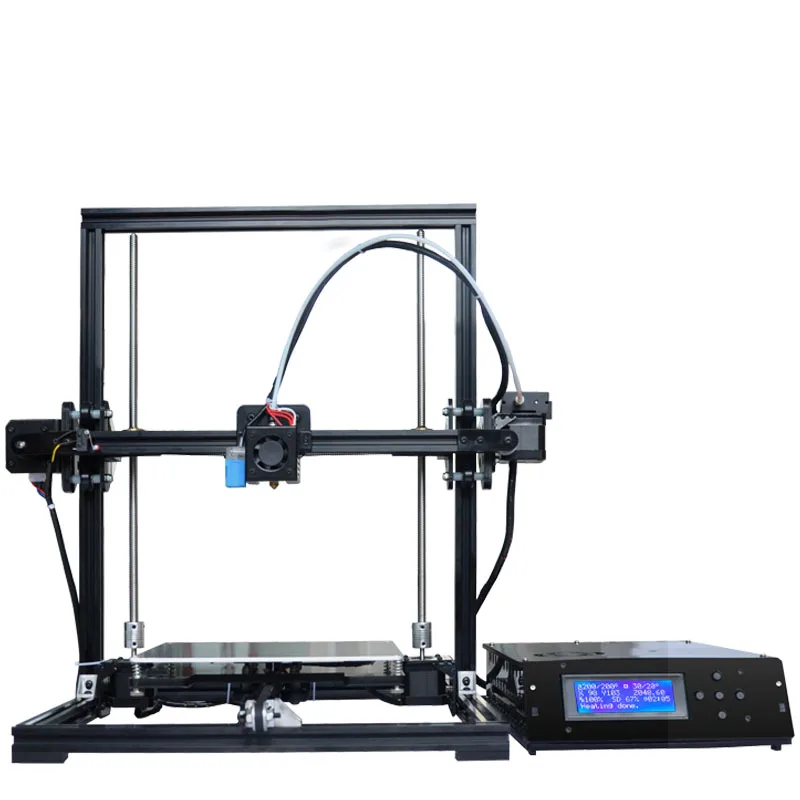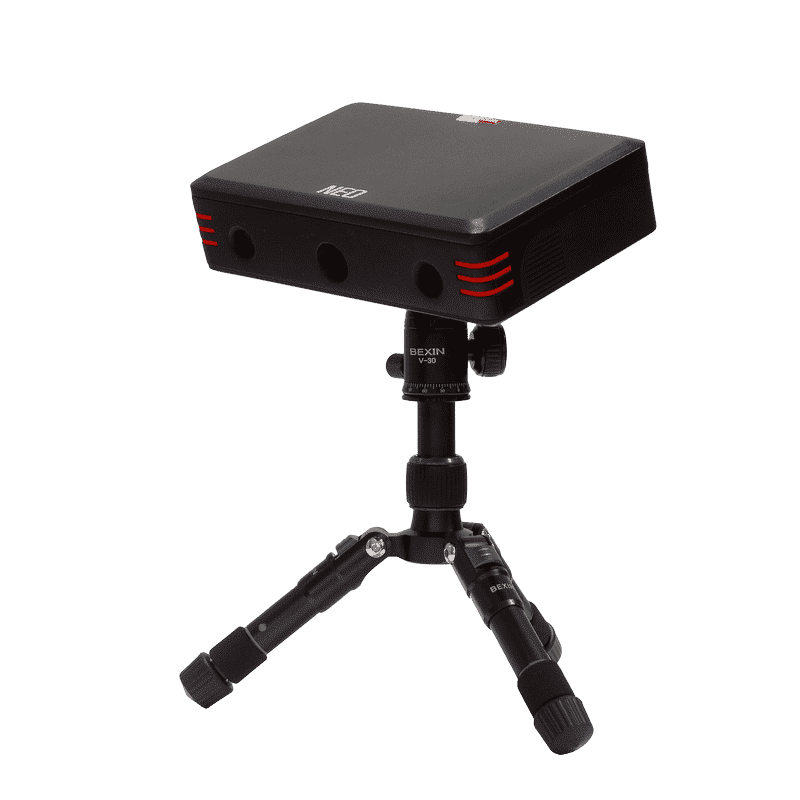3D digital holographic prints
Digital holography - GEOLA
Probably you have seen holograms – not the ones on credit cards, but real image 3D holograms where the images appear to float in the air. On these holograms a 3D image is captured and imprinted on a flat media using lasers.
We have gone further – we have added movement and the possibility to use photographic capture methods for the image that is imprinted onto a digital 3D hologram. As a result, when you move in front of our digital 3D hologram – the Ultra-Realistic 3D images on them move too. We have named this technique “integrated light writing” or “iLumography”.
See videos of some of our iLumograms on YouTube.
3D iLumograms, author Paula Dawson
Digital Preview
iLumography realizes an old holography dream – to imprint three-dimensional images in colour and movement on the same media. We can manufacture iLumograms in all formats up to 150cm x 100cm (W x H), + full color + volume + animation. Real and virtual scenes can be imprinted in 3D and motion, making real 4D images.
Contact us for further info
Technology in brief
3D iLumogram is a laser print where each pixel is a color reflection hologram. Each such holographic pixel contains information extracted from video footage of the scene imprinted. When the 3D iLumogram is illuminated by a spotlight, the viewer moving in front of it sees an imprinted three-dimensional scene in movement.
Properly lighted iLumogram shows 3D scene in motion
Visual information recorded onto the 3D iLumogram becomes visible when lighted. In order to see the scene exactly as it was planned by the designer, you need to have proper lighting and/or a proper displaying solution. As a light source you can use a usual MR16 halogen lamp, or we can supply you with the right lighting solution for your iLumogram.
Difference from others 3D printing techniques
Our 3D image imprinting technique is not the only one in the world, but we believe that it is the best one, because:
Other 3D techniques:
- Lenticulas: have colors and movement together, but the depth of image is very small, you can see defocused image on +1 -3cm from image surface
- Analogue holograms: may have colors and deep focus, but can not have movement
- Stereograms: may have movement, but can not have real colors.
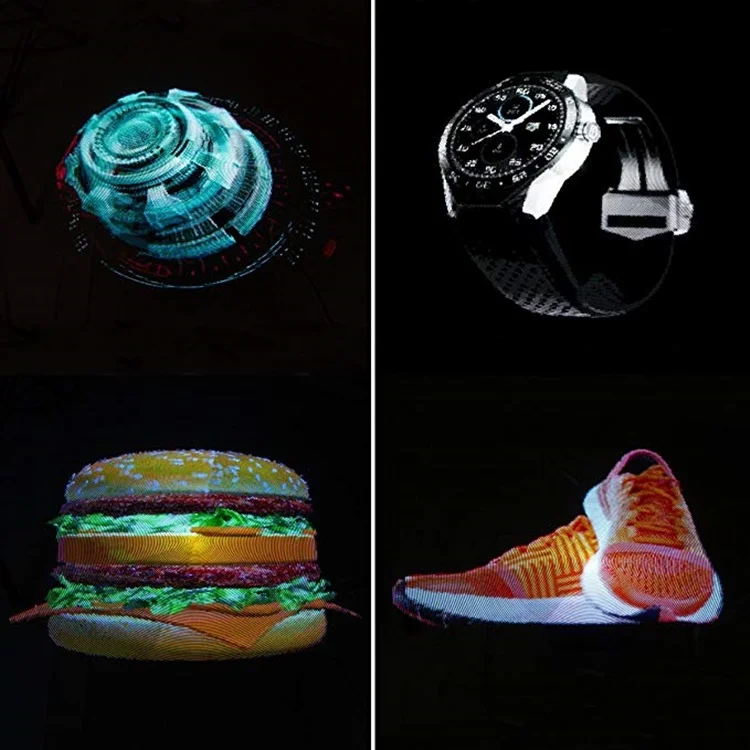
- Laser projections on barrier screen: can not have good resolution and needs a floating media
- LCD 3D displays: are limited in size and resolution
On our iLumogram 3D images:
- Are protruding for 20% of hologram width in front of hologram surface and are clearly visible at 75% of hologram width behind the hologram
- Have movement of ˜5 seconds
- Have colors
Moreover, all other techniques require scientists or qualified engineers to produce the image – our live imaging technique is designed to be used by common people. The knowledge of what is photography is enough to understand iLumography and master it – as in nowadays photography, image creation is separated from image imprinting.
Commercial advantages
- better memorized than any other media, including holograms;
- can be printed from existing digital files coming from a variety of media, like camera recording, all kind of 3D CAD based programs (3D studio Max, Cinema 4D, Maya, etc.
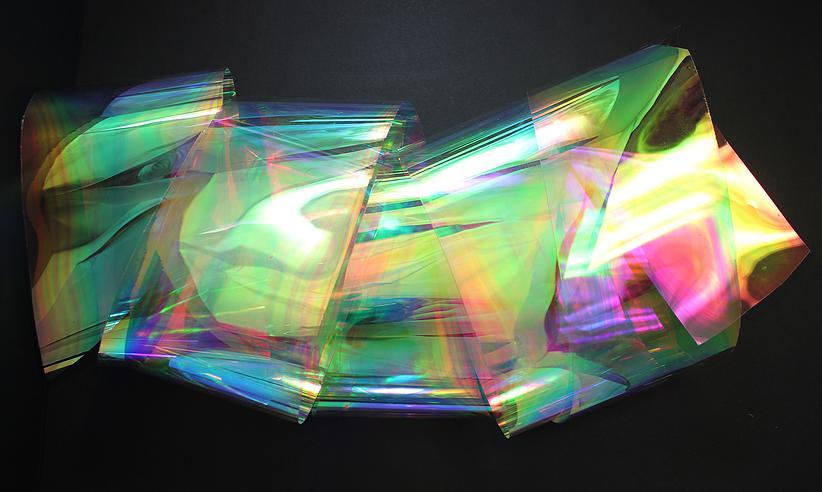 ) as well as from images from 3D scanning devices.
) as well as from images from 3D scanning devices. - same files can be used for different size prints.
- lighter than other media and has smaller volume – can be easily transported from one presentation place to another.
Read our article presented on Holopack-Holoprint about iLumograms application within the advertising industry.
iLumogram Data Preparation
There are three approaches to prepare files suitable for our printing process:
– Pure digital scene creation and its rendering with computer aided design program such like 3D Studio Max, Maya, etc. Detailed instruction about scene setup and rendering can be downloaded from here.
– Life scene ilumographic capturing. The best suitable files are produced by equipment employing our HoloCam imaging equipment working principles. Sometimes filming a 3D object on a rotating stage works well for holograms in size of up to 40×60 cm.
– Combination of two methods above. Live capture files are combined with virtual scene images, just like in nowadays movies
As we have mentioned before, digitally created scenes shall be rendered as per our instructions:
- Download iLumogram files preparation manual for 3D StudioMax
- Download iLumogram rendering parameters calculator for Windows (zip ~121kB)
Alternatively, we can create for you 3D scene and render it ourselves – contact us.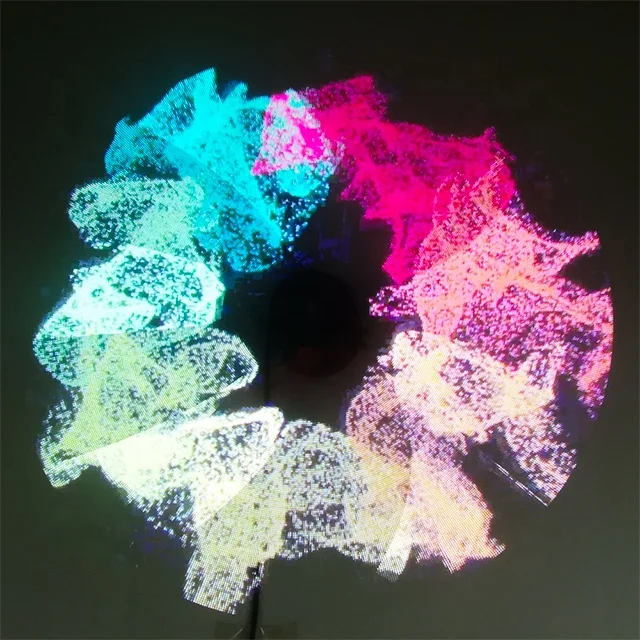
After creating your files, please send them to us using any of file transfer services – WeТransfer, pCloud Transfer, etc.. After reviewing your files we will create iLumogram preview, so you will be able to see how your iLumogram will look like on your computer screen.
- Download iLumogram preview program for Windows (zip ~6.35MB)
If you will like the preview, in two weeks after receiving your payment we will print and dispatch your iLumogram. For payment we accept bank transfer, Paypal.
For the best image quality we recommend to use our lighting solutions.
3D Hologram Printer
The First Desktop 3D Hologram Printer
Pre-Order!
LitiHolo
3D Hologram Printer
Kickstarter Success -
Pre-Order open soon!
The First Desktop
3D Hologram Printer
Make true laser-recorded hologram portraits, holograms from computer graphics or CAD designs, and 3D hologram art, printed right on your own 3D Hologram Printer.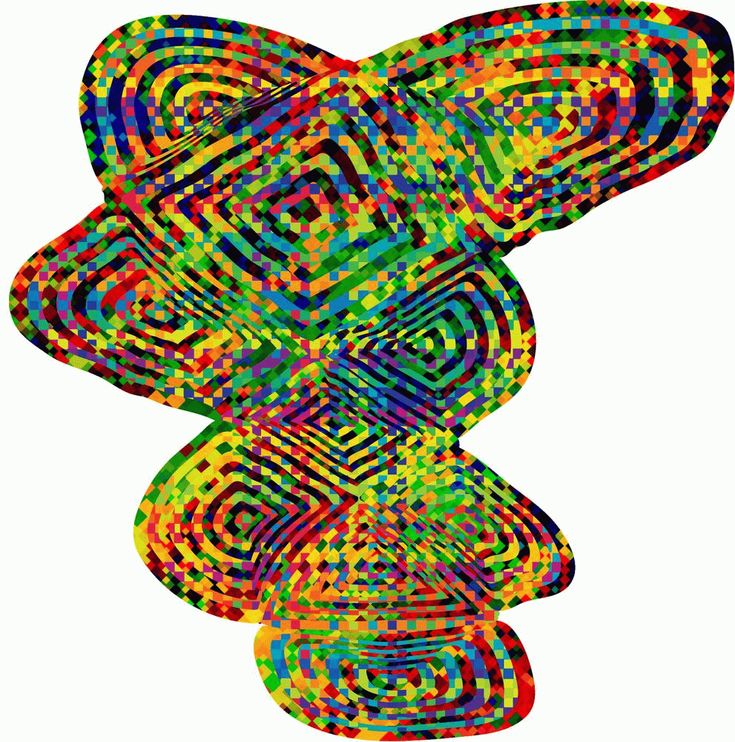
Early Pre-Order 3D Hologram Printer
(Estimated delivery 2022.)
Your Desktop 3D Hologram Printer
When you see a hologram, it’s that "Wow!" moment. It’s a piece of 3D science magic, and you just want to reach out and touch it. But it was at the MIT Media Lab, doing research in holography and spatial imaging, that LitiHolo founder, Paul Christie, realized how few people had access to true hologram technology. LitiHolo was started to change that.
We’ve created the first desktop 3D Hologram Printer.
How do you "print" holograms?
The 3D Hologram Printer takes multiple perspective images, captured from a camera, video footage, or rendered from a typical 3D graphics design. The images are sliced into unique recordings for each individual pixel on the hologram, called a “hogel” or “hologram element”. The printer then optically encodes that hogel information with laser light onto the special hologram film.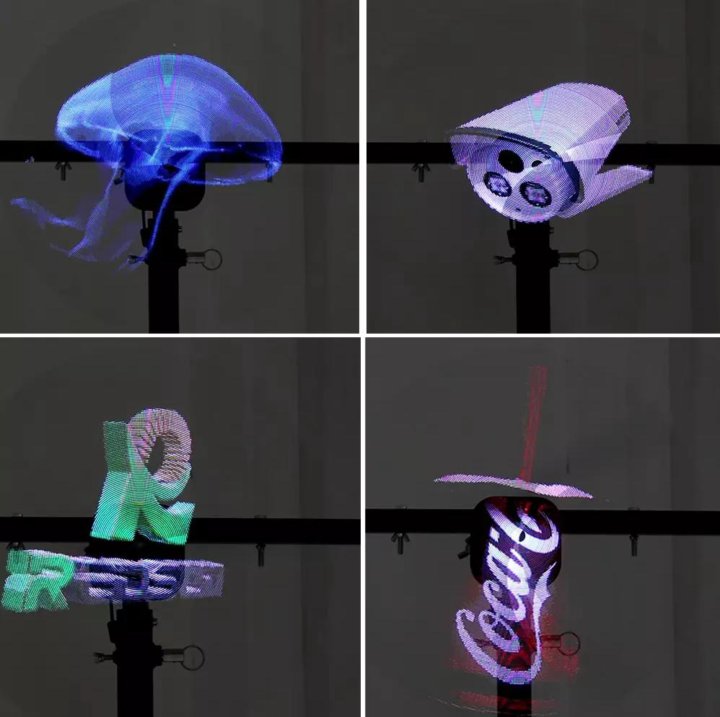
The video below shows the interior of the 3D Hologram Printer prototype from several different angles. After placing the film plate into the carriage, the system homes, then positions the plate under the optical printing arm, and begins optically exposing each hogel location to the laser light carrying the perspective images for that part of the hologram. (This demo video has the lights on and the hood removed, to better see the printer details, with the system speed increased for demonstration.)
When complete, the hologram recreates the many different perspectives as if the 3D image is truly there, giving you the ability to look around the image to see different angles.
Show me the holograms!
This technology has really been limited almost exclusively to research universities and a few corporate labs, and each one is custom built and takes up an entire room of high-end laser and optical equipment.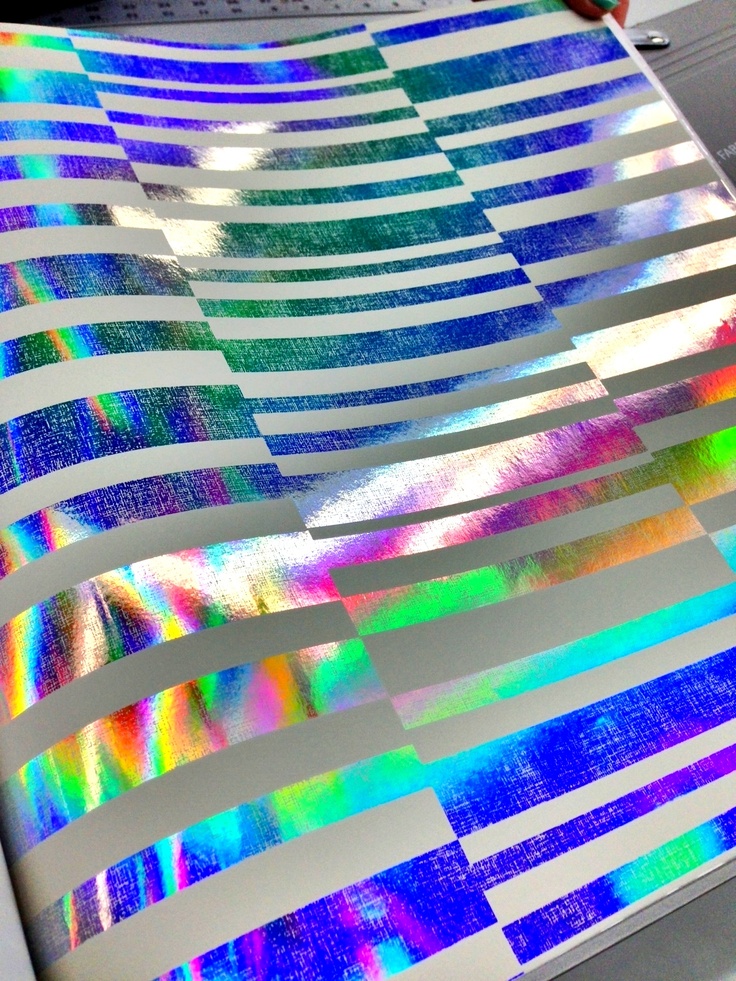 Now, with your own 3D Hologram Printer, you can make your own holograms and create holographic portraits, holograms from 3D computer graphics, CAD designs, and 3D art.
Now, with your own 3D Hologram Printer, you can make your own holograms and create holographic portraits, holograms from 3D computer graphics, CAD designs, and 3D art.
3D Hologram Printer Details
- 1x1mm hogel size
- Hologram sizes up to 4"x5"
- 45 degree field of view (lateral)
- 23 viewzone images per hogel (perspective images)
- Reflection holograms (white-light viewable)
- Hologram can have several seconds of motion as viewer moves
- Horizontal parallax only (full-parallax may be a stretch goal)
- Uses LitiHolo self-developing hologram film plates
Footprint: 21.5" x 20" x 11" (weight 29lbs.)
Class 1 Laser Product regulated under EN 60825-1:2007
Red laser - 600-650nm, 20mW (laser cutoff when hood open)
Input for making holograms
Each hologram for printing needs a simple set of perspective images, which provides the 3D viewpoints or "look around" information.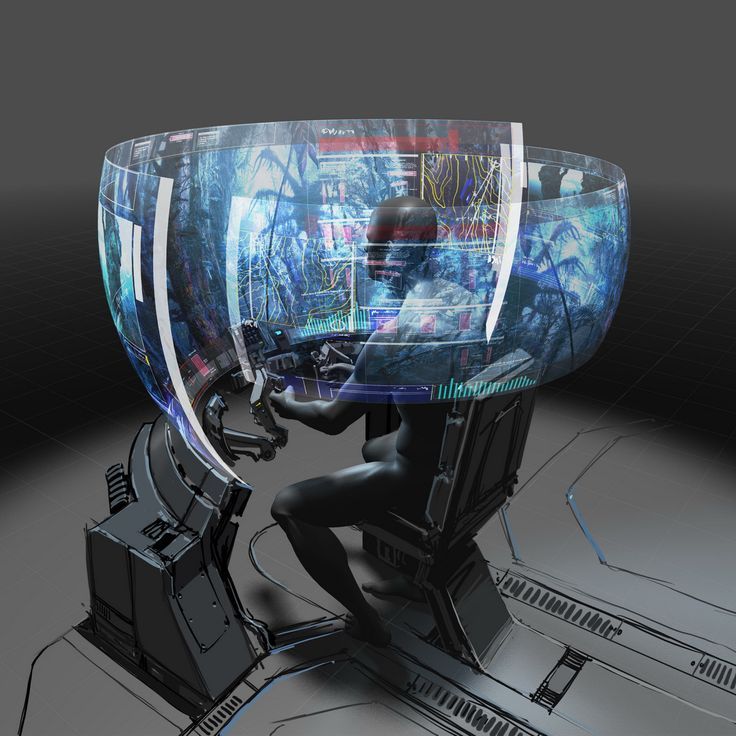 This can come from many sources including:
This can come from many sources including:
- Sketchfab - almost anything that you can put on Sketchfab, you can print on the 3D Hologram Printer. They've now got over 3 million users, and 500K free models, so that's a lot!
- Smartphone 3D-capture apps like Qlone - we like Qlone, but there are many others for capturing objects and even people with your smartphone in 3D.
- Video pan-around - capture a video with your device following our guidelines, and the necessary perspective images can be extracted from the video frames for hologram printing.
- 3D software rendering - utilize your favorite 3D graphics package and render the perspective images with virtual camera.
- Camera slider, dolly shot, or rail capture - if you've got some simple camera tools, you already have everything needed to capture great holograms. If you don't, we have a Hologram Capture Rail Unit as an add-on that will let you capture hologram portraits and more.
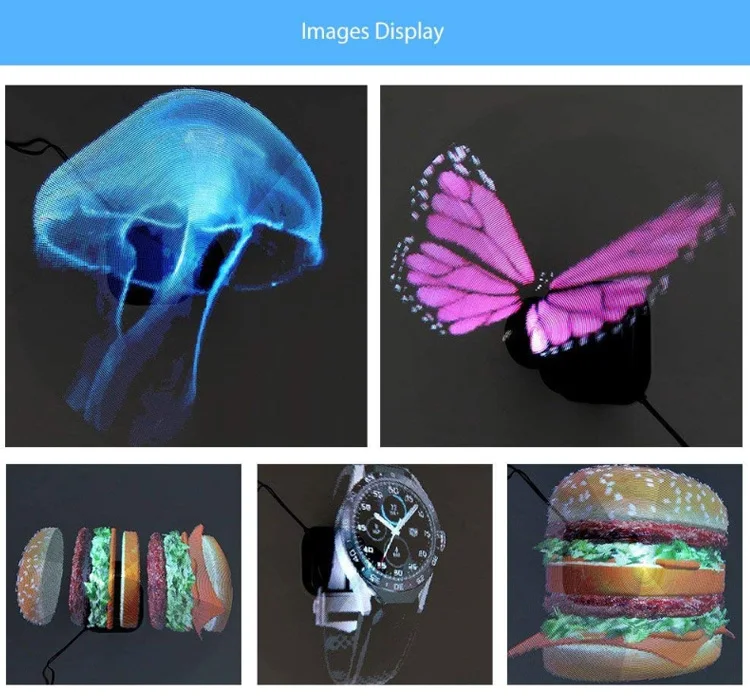
- And many more...
Self-developing Hologram Film
LitiHolo film plates are a self-developing material that makes clear, bright holograms, without any post-processing or developing chemicals. As the film is exposed, it develops at the same time. When the exposure is complete, the active materials in the film have been used up, and the hologram can be viewed immediately without waiting.
Making holograms has never been this easy!
Each film plate records one hologram, and additional film plates can be purchased separately. LitiHolo film plates have been used in educational workshops for Verizon Innovative Learning Labs, consumer hologram kits, college-level physics courses, art projects and research labs around the world. For film sizes, details and specs, see the LitiHolo Hologram Film page.
Accessories and extras
Hologram Display Unit
To really show off your 3D Hologram Printer and your holograms, add our Hologram Display Unit.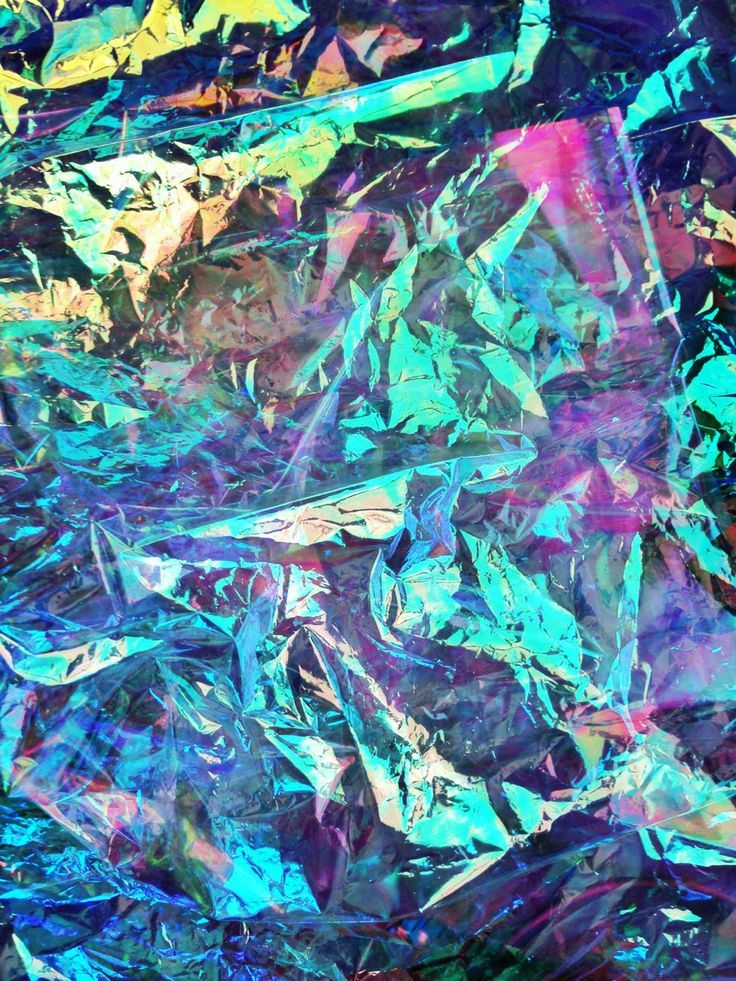 This is the same display you see in the video. It's stylish and functional, giving your holograms a great showcase.
This is the same display you see in the video. It's stylish and functional, giving your holograms a great showcase.
Fits holograms up to 4" x 5" with just the right LED spotlighting to really make people say "Wow!" when they see your holograms.
Hologram Rail Capture Unit
To help capture people, landscapes, and your own 3D visions, add our Hologram Rail Capture Unit. Attach your camera or smartphone to the mount, and the motorized rail slider will help provide the camera angles needed for your 3D Hologram Printer to create hologram portraits and much more.
What is a hologram?
Professor Steve Benton was a pioneer in the field of holography, the founding head of the MIT Media Lab Spatial Imaging Group, and the inventor of the rainbow hologram found on most credit cards. Here is his definition of what a hologram is:
"Holography has come to take on two meanings in our culture.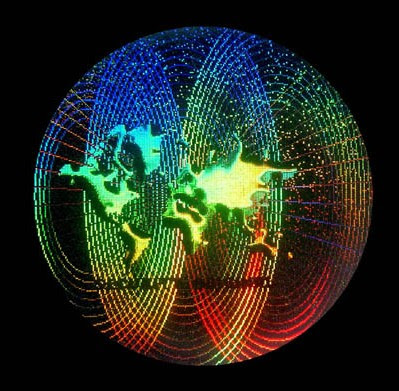 Firstly, it means wavefront reconstruction by interference and diffraction/reflection. More widely, it has come to mean the ultimate 3D imaging method of the future, and it stands as an optimistic hope for the progress of our science and technology relating to everyday life." - The Art and Science of Holography
Firstly, it means wavefront reconstruction by interference and diffraction/reflection. More widely, it has come to mean the ultimate 3D imaging method of the future, and it stands as an optimistic hope for the progress of our science and technology relating to everyday life." - The Art and Science of Holography
Our 3D Hologram Printer meets both of these definitions!
The LitiHolo 3D Hologram Printer makes holograms by capturing the interference pattern formed by two laser beams (object beam and reference beam) onto hologram film. The 3D image is reconstructed by light hitting the captured pattern and diffracting light back into the original object beam direction, reconstructing the original wavefront of the captured object. This is the same fundamental concept that won the Nobel Prize in Physics 1971 for the discovery of holography, awarded to Dennis Gabor.
Many other things are often called "holograms", but are in fact lenticular displays (lens sheet), simple stereoscopic 3D (headsets and glasses), or Pepper's ghost effects (200-year-old optical illusion by simple reflection).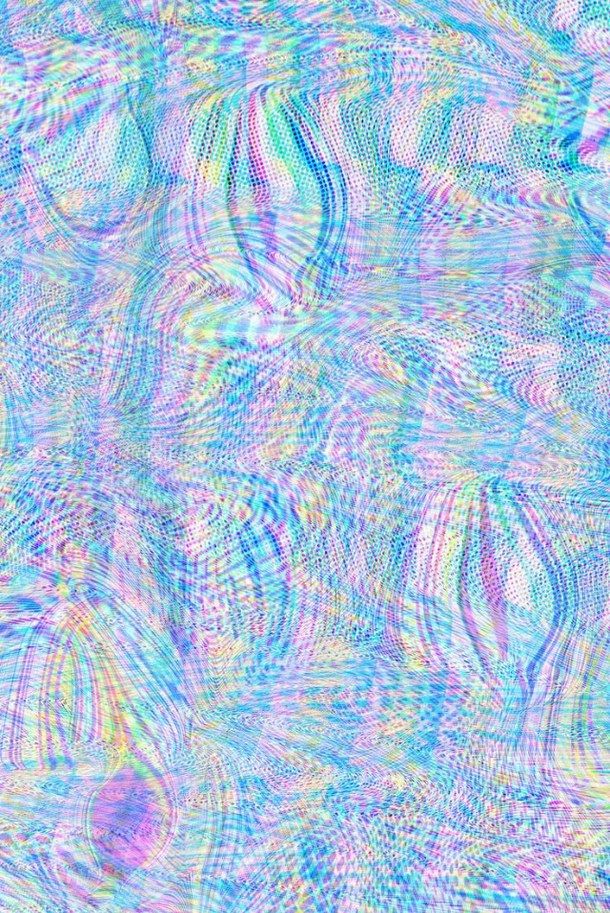 "Lightfield" is a relatively new term to describe some 3D displays, and while holograms can be considered a subset of lightfield displays, very few lightfield displays are currently holograms.
"Lightfield" is a relatively new term to describe some 3D displays, and while holograms can be considered a subset of lightfield displays, very few lightfield displays are currently holograms.
A new access to hologram technology
There are other 3D technologies out there, and they can be very good for their purpose, or just to grab your interest for a few moments. But true hologram technology has the ability to actually deliver on a wealth of new ideas and is still at the early stages of what’s even possible.
It’s a little like the early stages of the personal computer, or the beginning of the more recent 3D printing revolution. This is a new tool that gives people access to hologram technology at a whole new level, and lets them think differently, express themselves differently, and visualize differently.
We can’t wait to see how access to a 3D Hologram Printer helps to create the next generation of hologram engineers, hologram artists, and hologram entrepreneurs.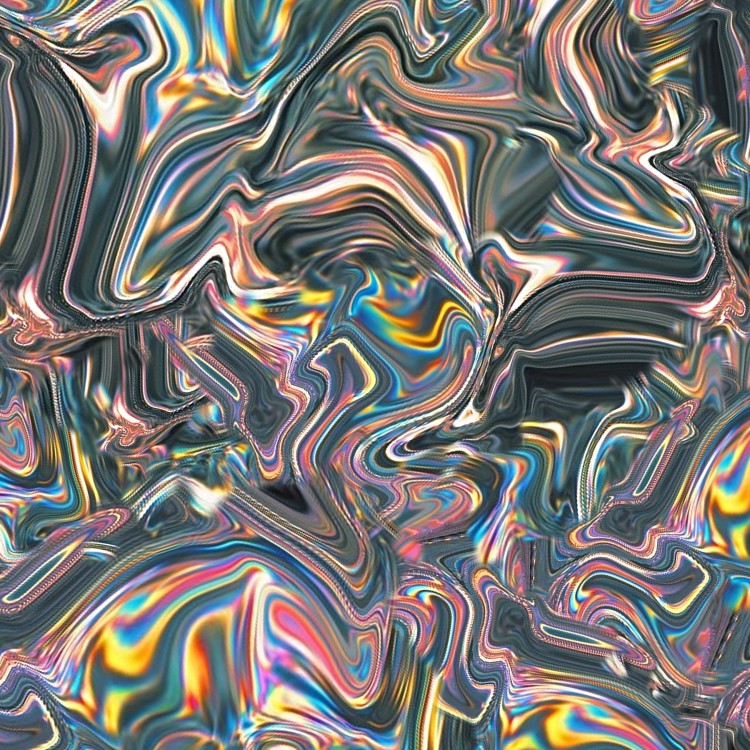
Pre-Order Now!
Kickstarter Project Page
And for more on our 3D Hologram Printer journey, take a look at our New Directions blog post, see our Buzz Lightyear test hologram teaser post, see the early design sketches post, the sneak peek of one of the prototypes, the preview picture from our video shoot, and the sneak peek of our Kickstarter video.
Digital holography: reality on the verge of fantasy
Digital holography is a method of recording 3D information using digital cameras . Today it already has a wide practical application, and in the future, as scientists are sure, it will be indispensable in a number of areas, from medicine to astronomy. About the present and future of digital holography - in the new material of RIA Novosti.
Depositphotos / SergeyNivens
Physical principles of holography
Holography – is a method that allows you to register information about an object and restore its image, including in a three-dimensional form.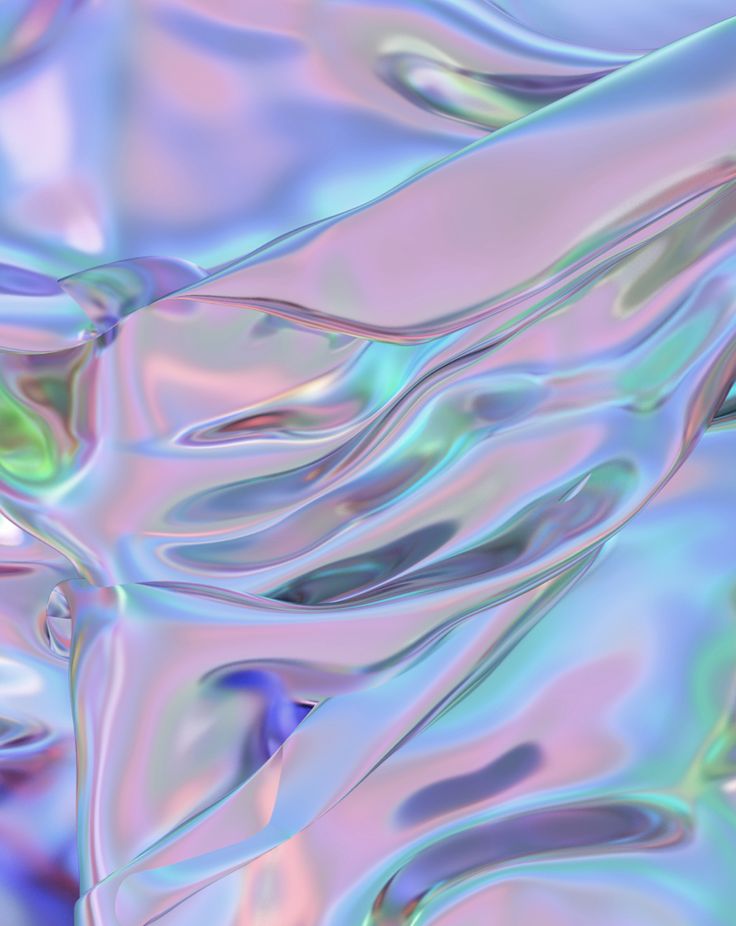 This is achieved by registering not only the amplitude of light (as in a standard photograph), but also the phase, which makes it possible to observe the image reconstructed from the hologram from various angles.
This is achieved by registering not only the amplitude of light (as in a standard photograph), but also the phase, which makes it possible to observe the image reconstructed from the hologram from various angles.
Holograms are recorded by recording the total amplitude of two light beams: the object beam (reflected from the object or passing through it) and the reference beam. If they are coherent with each other - they have a constant phase difference - then an interference pattern is formed in the beam superposition plane, which is recorded by digital photosensors or photosensitive media.
Global Trends
Digital holography can be used to create realistic 3D renderings of objects and scenes. It does not require special glasses to observe scenes or special positioning of the observer. Based on this principle, 3D displays are being actively developed that allow visualizing high-quality images. As scientists are confident, the moment is approaching when color images from holograms will be similar in color reproduction quality to photographs, while reproducing a three-dimensional image of an object.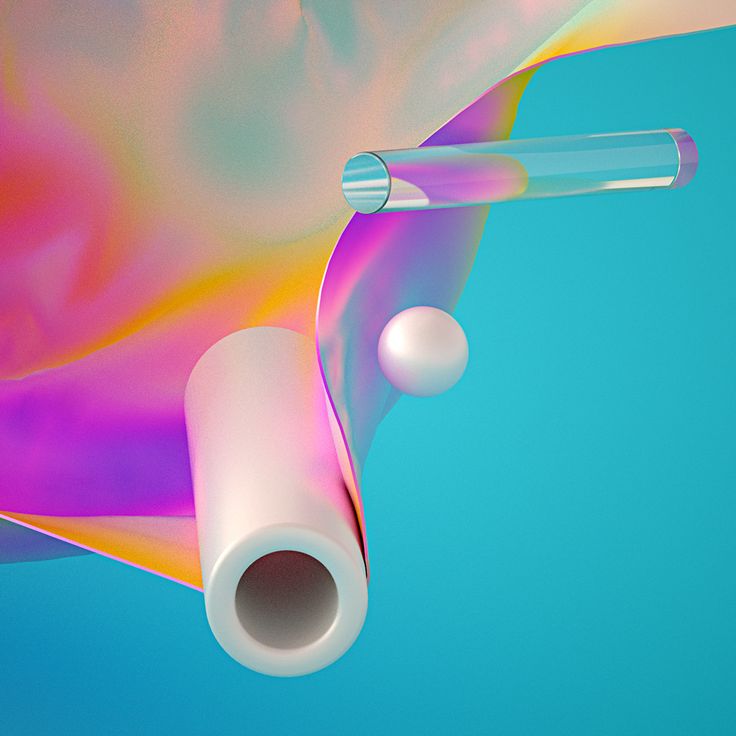
One of the current achievements is 5G communication using holographic principles to create an image of the interlocutor. Experts believe that in a few years this technology can be transferred to the format of a commercial service.
An extremely promising area is 3D printing using holograms. The holographic image of the part is divided by sections into projections and then, under software control, a fast layer-by-layer printing of each projection is carried out.
Actively developing areas of digital holography, applicable in scientific and applied research: holographic microscopy (visualization of micro- and nano-objects) and holographic interferometry (dynamic registration of changes in object parameters - temperature, shape, refractive index).
In addition, digital holography is already widely used in medical and biological imaging, in systems for encoding, transmitting and storing data, and also improves the security of products, banknotes and bank cards.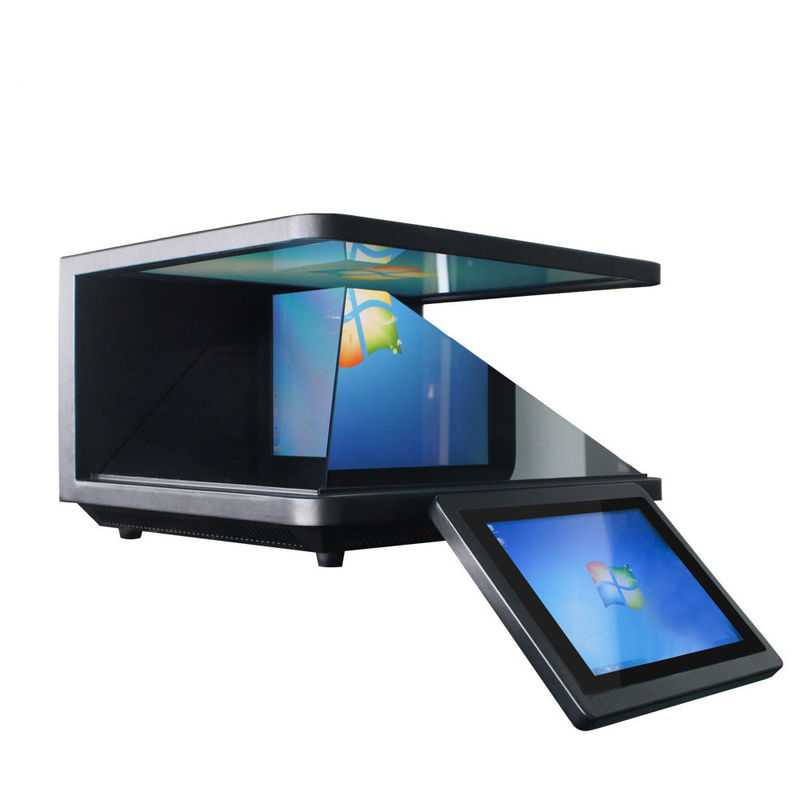
Russian Achievements
Today, a number of universities and companies are engaged in research in the field of holography, both analog and digital, whose laboratories have achieved significant results.
Thus, NRNU MEPhI implemented a system for dynamic recording, transmission and real-time optical display of holograms with a resolution of at least 2 million pixels. It allows you to remotely play scenes and objects recorded both in the optical and in the infrared range - which can be used, for example, to record information in hostile environments.
Today, for the transmission of holographic video, a channel with a bandwidth of at least a few gigabits per second is required, so digital hologram conversion and compression technologies are of great importance. NRNU MEPhI is actively working in this direction. In May 2019, the journal "Scientific Reports" presented a method for compressing holographic information hundreds of times, developed under the grant of the Russian Science Foundation No.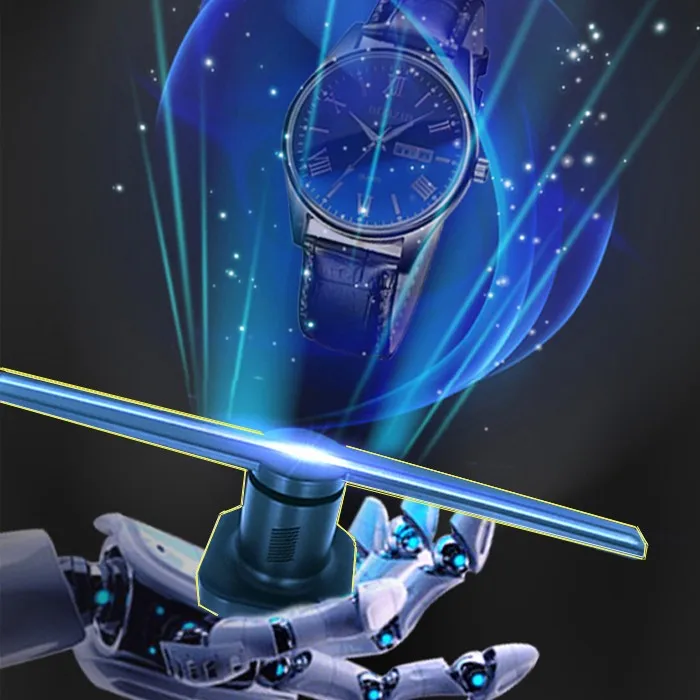 18-79-00277.
18-79-00277.
Another important direction is to improve the quality of optical display of 3D scenes from recorded holograms. The Institute of Laser and Plasma Technologies (LaPlaz) of National Research Nuclear University MEPhI develops methods for improving computer and real optical display of holograms using multi-gradation liquid crystal and binary high-speed micromirror light modulators. In 2019, NRNU MEPhI scientists published a large-scale study of binarization methods for displaying 3D objects in the best quality in the journal "OpticsandLasersinEngineering". As the scientists explained, this development can be useful in creating high-speed 3D displays.
Holography is applicable not only for storing, but also for protecting information. NRNU MEPhI scientists are currently creating data encoding systems that use an image recorded on a hologram as an encoding key. Within the framework of the RSF grant No. 19-19-00498, work is underway to create a coding system based on high-speed micromirror light modulators.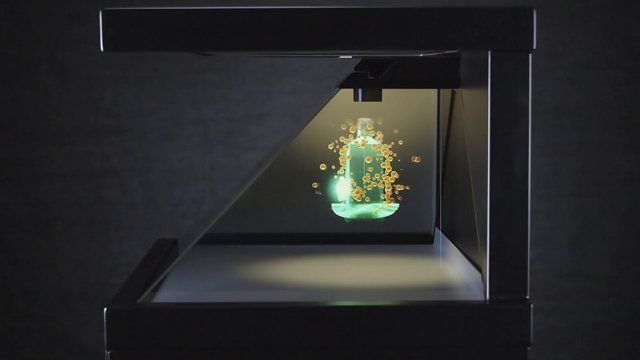 Such a system is capable of encoding information with a bandwidth of gigabit per second.
Such a system is capable of encoding information with a bandwidth of gigabit per second.
An equally important area of research is object recognition. Today, as NRNU MEPhI specialists explained, only spatial features are usually used in recognition devices. A recently published article in the journal "Optics Communications" proposed a method for recognizing both shape and spectral features, applicable, for example, in orientation devices in space or for identifying biological species.
Source
Tags:
Digital holography, 3D-information registration method, 3D displays, 3D printing, 3D objects, RNF grant No. 19-19 -00498 to create a coding system based on high-speed micromirror light modulators
Lumii 3D technology allows printing color holograms on conventional office printers
News
Follow author
Follow
Don't want
6
As it turns out, 3D technologies are available in almost any office.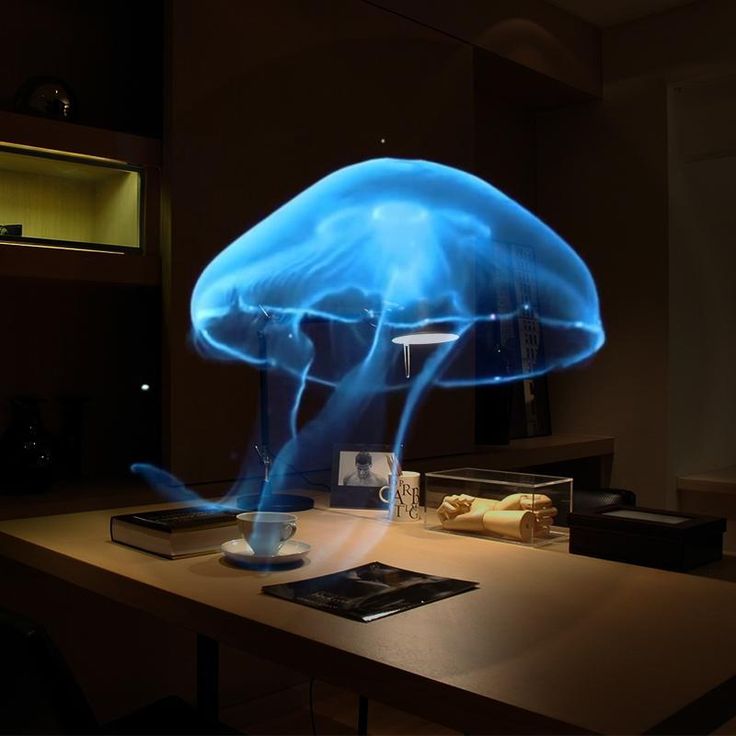 A startup called Lumii has developed an optical algorithm that allows users to print color holographic photographs on regular inkjet printers.
A startup called Lumii has developed an optical algorithm that allows users to print color holographic photographs on regular inkjet printers.
The technology was demonstrated at the California conference on computer graphics and interactive technologies "Siggraph 2016". Visitors underwent a 3D scanning procedure, the obtained data was processed by special algorithms, after which 3D images were printed on an Epson color printer, a common office device. After combining two pictures printed on a transparent film, the guests received holographic self-portraits.
Typically, a three-dimensional effect is achieved by special lenses or relief layers applied over the image. Lumii, on the other hand, uses quite ordinary materials and equipment, backed up by a special algorithmic engine. The resulting "printouts of light fields" have the effect of full three-dimensional parallax, so you can admire the hologram from any angle.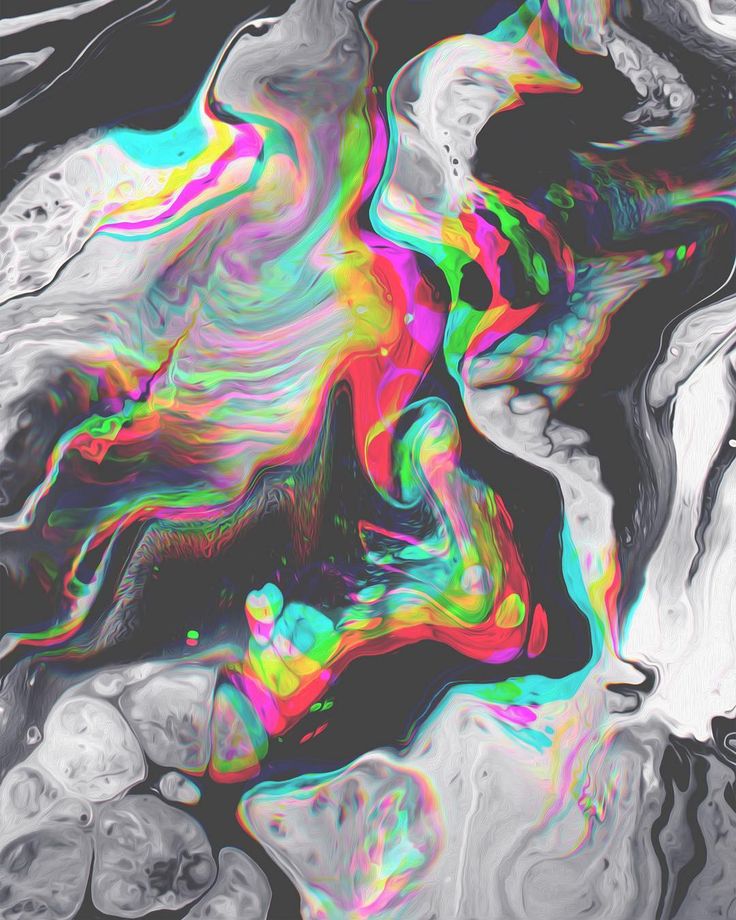
The company's founders are three MIT alumni: Tom Baran, Matthew Hirsch, and Daniel Leitinger. “One of the longstanding goals of display developers is to create screens with image quality that is indistinguishable from reality. Our research is aimed at creating high-resolution automultiscopic light fields with vertical and horizontal parallax,” the developers explain.
The two main advantages of the new technology are low cost and high quality. “Instead of specialized optics or lenses, we algorithmically process 3D models - like those that work with AutoCAD or other CAD editors - into special drawings. Then we print the images, overlay them on top of each other and get a three-dimensional effect,” says Baran.
Initial 3D models can be created using fairly inexpensive 3D scanners such as Microsoft Kinect One, Intel Realsense F200 or Structure Sensor.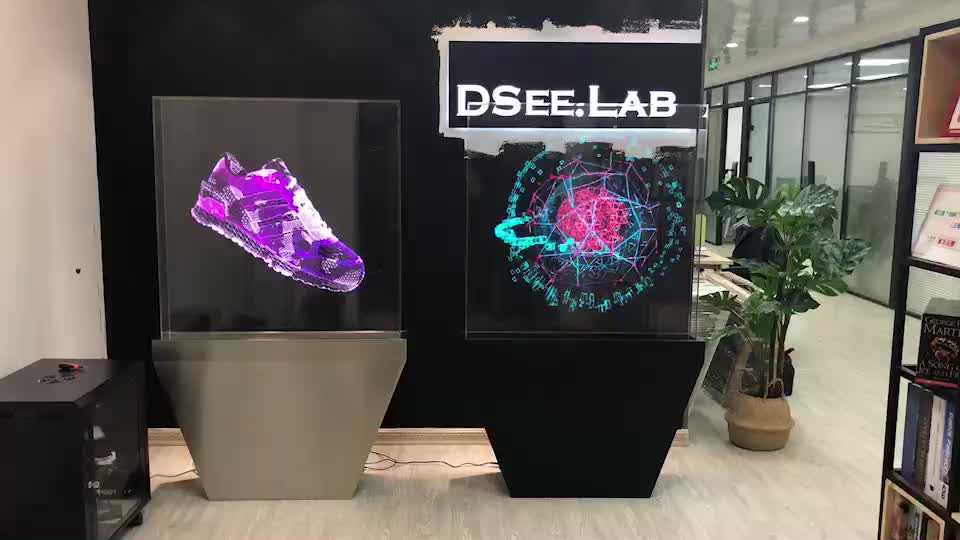 The data is processed by the Lumii algorithmic engine and printed on film. Using a photo printer, you can get a high-resolution three-dimensional image in just fifteen minutes. The idea turned out to be such a hit that the developers had to print several hundred holograms at the conference.
The data is processed by the Lumii algorithmic engine and printed on film. Using a photo printer, you can get a high-resolution three-dimensional image in just fifteen minutes. The idea turned out to be such a hit that the developers had to print several hundred holograms at the conference.
The development has excellent commercial potential. According to the creators, low-cost, high-quality digital and projection screens with light field optimization technology will open up new opportunities in human-computer interaction, 3D printing and industrial additive manufacturing, medical diagnostics, advertising, augmented reality, visual arts, and so on. Moreover, the implementation requires only inexpensive, publicly available equipment.
The commercial sector has already shown interest in the new development: advertising and marketing companies were the first to jump on the idea.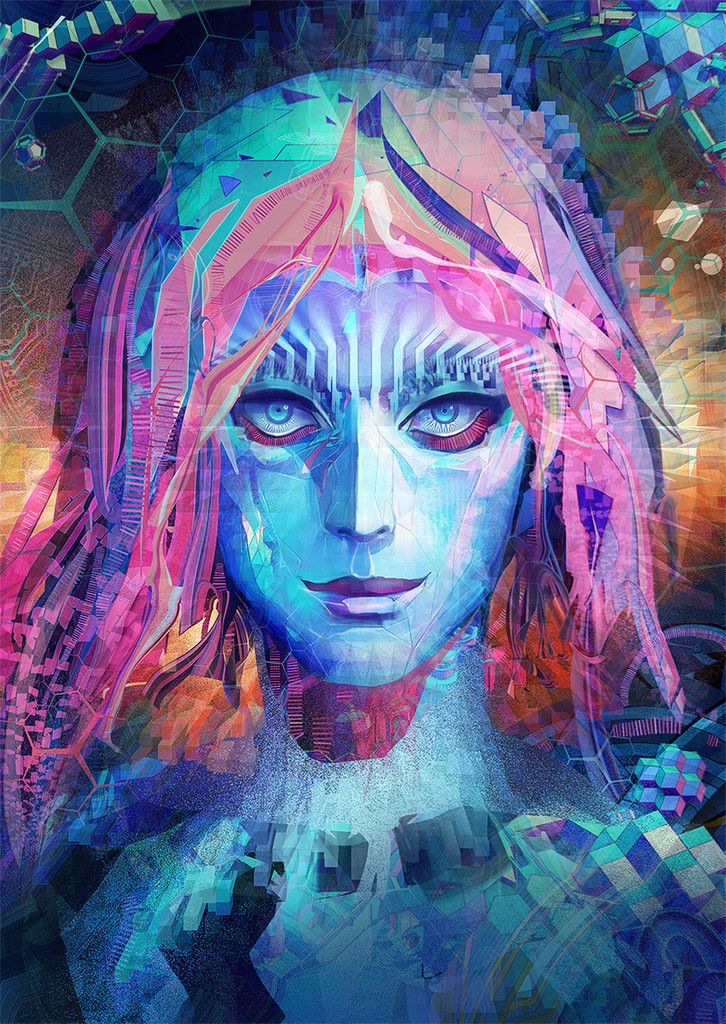 “In a few months, we will launch a service for printing holograms for advertising stands and signs. It will be possible to order a hologram on a rigid tab, insert it into a lightbox and get a colored holographic advertisement,” explains Baran. So far, the team is improving the web interface, with the help of customers will be able to upload 3D models for further processing and printing. You can sign up for alpha testing at this link.
“In a few months, we will launch a service for printing holograms for advertising stands and signs. It will be possible to order a hologram on a rigid tab, insert it into a lightbox and get a colored holographic advertisement,” explains Baran. So far, the team is improving the web interface, with the help of customers will be able to upload 3D models for further processing and printing. You can sign up for alpha testing at this link.
Do you have any interesting news? Share your developments with us, and we will tell the whole world about them! We are waiting for your ideas at [email protected].
Follow author
Follow
Don't want
6
More interesting articles
7
Subscribe to the author
Subscribe
Don't want
Even the simplest FDM 3D printer can print color products with a smooth gradation of tones.


